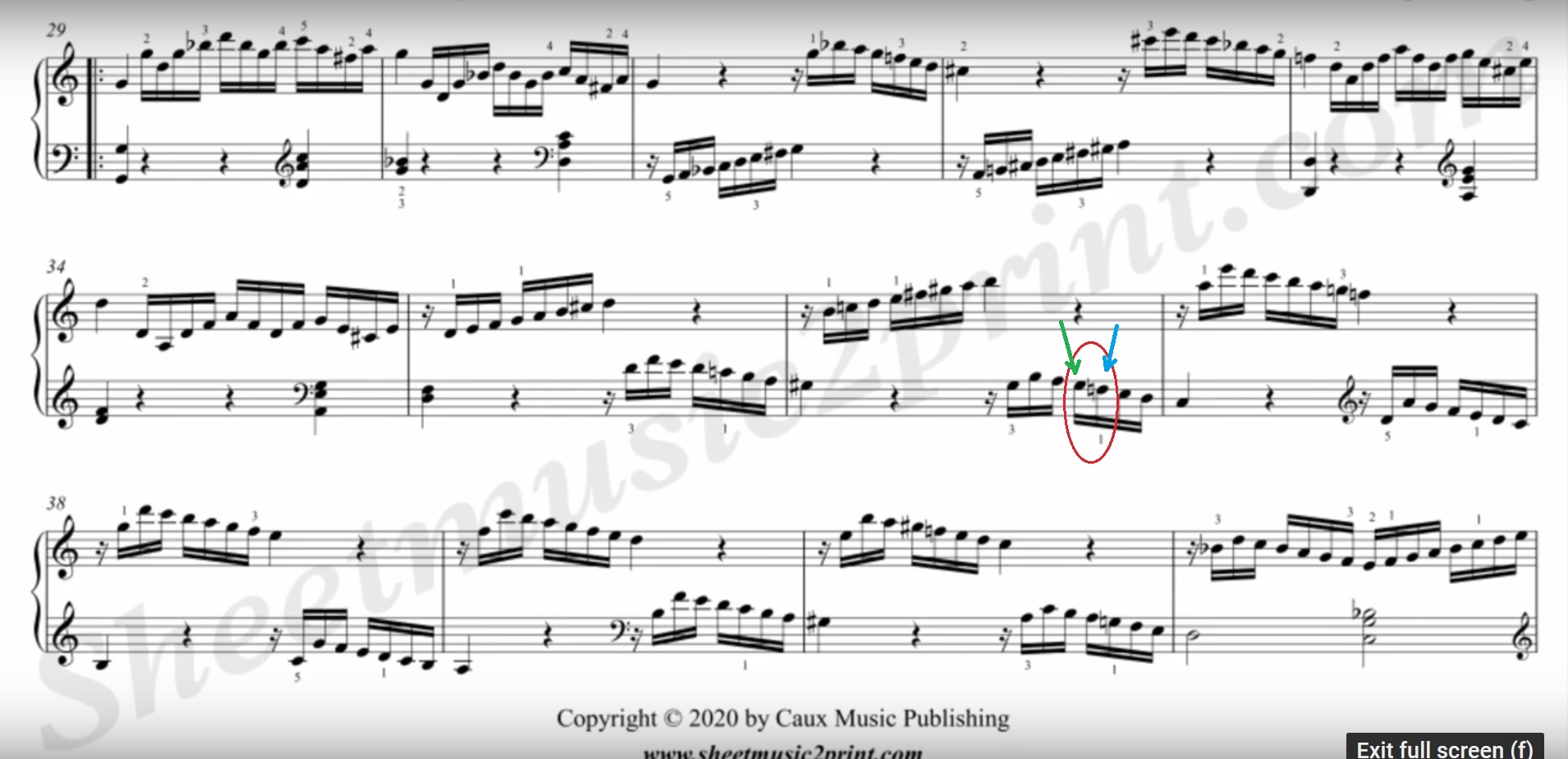Mozart's sonata K545, Bar 36, bass clef, the urtext edition from sheetmusic2print shows a natural sign ♮ in front of the F rather than its preceding G (see picture, in red circle), why would the F need the natural sign? On the other hand, the edition I got from free-scores has the natural sign ♮ in front of the G that precedes the F (see arrows in the red circle), which would make sense since the previous two G's have #. HOWEVER, in all the videos I've seen on youtube, the performers played that as G#.
So, if the urtext from sheetmusic2print is correct, why the need for natural sign ♮ for the F? Or could it be a printing error and should belong to the preceding G? Anyone has a trusted urtext edition not from sheetmusic2print to verify? Thanks.

